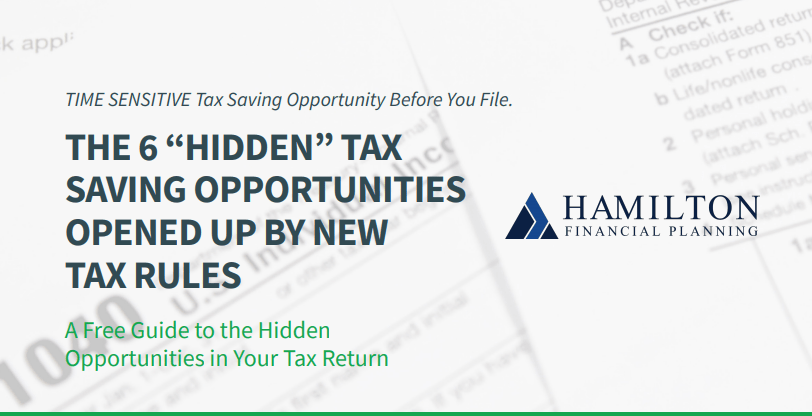
By Scott Hamilton
The Pledged Asset Line (PAL) at Charles Schwab Bank is a valuable tool for investors who want a flexible and potentially cost-effective borrowing solution. I often recommend it to my clients here at Hamilton Financial Planning. In response to many of their questions, I put together a summary of everything you need to know about what a PAL at Charles Schwab Bank is and how it works.
Table of Contents
What Is a PAL?
A PAL is a line of credit that allows you to borrow against your non-retirement assets, without having to liquidate your investments. Essentially, it’s a revolving line of credit secured by using your eligible assets as collateral.
PALs are “non-purpose” lines of credit. That means that, unlike traditional loans with specific designated uses, you can borrow and repay PAL funds as needed for several different reasons, including:
- Home renovations
- Education expenses
- Debt consolidation
- Major purchases
- Emergency funding
PALs do offer more flexibility than other lines of credit, but there are other considerations to also keep in mind.
What Are the Advantages of a PAL?
PALs offer several advantages for investors looking for a potentially affordable way to borrow money. Here’s a handy list of the pros:
- Flexibility: As mentioned previously, PALs don’t have a fixed purpose. They’re a good choice for items like unexpected expenses, bridge funding, or debt payments. For example, you could potentially use a PAL to pay off credit card debt more quickly than you could pay off the debt using a higher-interest-rate loan.
- Potentially lower interest rates: Because they’re secured by your assets, PALs often come with a lower interest rate than personal loans and unsecured credit lines. Your specific interest rate is determined by several factors, including your credit history. PAL interest rates are usually between 3% and 8%.
- No need to sell investments: One of the more alluring features of PALs is that you don’t need to sell your assets to access cash. Because your assets serve as collateral, you can simultaneously grow your wealth while using borrowed funds.
- Tax benefits: The interest you pay on a PAL can be deductible. Consult with a tax planning advisor to see if this scenario is beneficial for your financial situation.
- Easy access: Investors can access PAL funds easily with checks or a wire transfer.
What Are the Disadvantages of PALs?
It’s important to carefully review the potential risks before committing to a PAL. Here’s a summarized list:
- Interest charges: While it’s true that PAL interest rates can be lower than other types of loans, you’ll still be charged interest on any outstanding balance.
- Investment risk: Like any investment, the value of your assets can fluctuate. If your secured assets fall below a specific threshold identified by your institutional borrower, it can trigger a margin call.
- Custodial rights: The custodian of your PAL—the institution that offered you the PAL—has the right to liquidate securities in your account if needed to cover PAL interest charges.
- Eligibility requirements: Not everyone can qualify for a PAL. Most institutions base eligibility on portfolio size and creditworthiness. The best way to find out if you’re eligible is to contact an experienced financial advisor.
Reach Out, We’re Here to Help
Because Hamilton Financial Planning is a fee-only firm, we don’t receive any commission from Charles Schwab Bank, or any other institution, for financial products like PALs that we recommend to our clients. This means our clients can have confidence that there are no conflicts of interest, and we are prioritizing what’s in their best interests.
If you’re ready to take your finances to the next level, you can schedule a complimentary get-acquainted meeting online or reach out to us at 512-261-0808 or scott@hamiltonfinancialplanning.com.
About Scott
Scott Hamilton is founder and chief financial officer at Hamilton Financial Planning, a wealth management firm that specializes in providing comprehensive financial planning for retirees. With over 20 years of experience in the financial industry, and having completed over 250 financial plans for retirees across all industries, but mostly the oil and gas industry, Scott is passionate about providing his clients with the tools and insight they need to achieve their financial goals. He has a Bachelor of Business Administration in finance from Texas State University and an MBA in international finance from Pepperdine University. Scott has also been happily married to his wife, Gayle, for over 25 years. To learn more about Scott, connect with him on LinkedIn.

